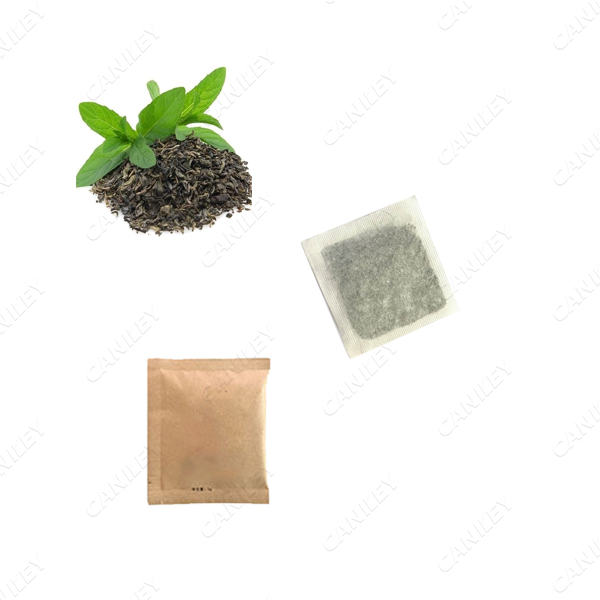Tea, an ancient beverage enjoyed by millions worldwide, holds a special place in our daily routines. From its delicate aroma to its rich flavors, tea has been celebrated for centuries. However, behind the scenes, proper tea packaging plays a crucial role in maintaining its quality, freshness, and overall appeal. In this article, we will explore the essential tea packaging requirements that producers must adhere to in order to meet consumer expectations and preserve the integrity of this beloved beverage.

Protection from external factors:
Tea packaging must safeguard the delicate leaves from external elements that can compromise quality. Factors such as light, moisture, air, and odors can diminish the freshness and flavor of tea. To combat these challenges, tea packaging should be designed to create a protective barrier that prevents moisture absorption and minimizes exposure to light. Oxygen-resistant materials, such as high-quality foil or laminates, are often used to maintain the tea's natural properties and extend its shelf life.
Airtight and resealable:
To retain the tea's freshness, airtight packaging is crucial. It prevents oxygen from entering the packaging, reducing oxidation and preserving the tea's flavors and aromas. Additionally, resealable packaging allows consumers to maintain the tea's quality after the initial opening. Zip-lock closures, tin ties, or heat-sealed bags are commonly used to provide convenience while ensuring the tea stays fresh throughout its usage.
Material safety and sustainability:
In recent years, consumers have become increasingly conscious of environmental issues. As a result, tea packaging requirements have shifted towards eco-friendly solutions. Packaging materials should be non-toxic, food-grade, and compliant with safety regulations. Using recyclable or biodegradable packaging materials, such as compostable paper or plant-based films, not only reduces environmental impact but also aligns with the values of environmentally conscious consumers.
Information and labeling:
Clear and accurate information about the tea is vital for consumers to make informed choices. Tea packaging should prominently display important details such as tea type, origin, processing methods, brewing instructions, and expiration date. Additionally, certifications like organic, Fairtrade, or Rainforest Alliance should be clearly visible, as they assure consumers of ethical and sustainable sourcing practices.
Design and branding:
Eye-catching packaging designs and branding can significantly impact a consumer's purchasing decision. The visual appeal of tea packaging can create a sense of quality, elegance, or uniqueness. Carefully chosen color schemes, typography, and imagery should be aligned with the target market and brand identity, helping the product stand out in a crowded market.
Packaging size and portability:
Considering the convenience and portability of tea packaging is essential. Packages should be designed in various sizes to cater to different consumer preferences, such as single servings or larger quantities. Portability is particularly important for on-the-go consumers, making packaging formats like tea bags or individual sachets popular choices.
Tea packaging requirements go beyond mere containment; they ensure that the integrity, quality, and freshness of tea are preserved throughout its shelf life. From protecting against external factors to providing relevant information and incorporating sustainable materials, tea packaging plays a vital role in enhancing the overall tea-drinking experience. In order to meet the packaging requirements of tea, more and more automated tea packaging equipment appears. If you need, you can contact us.





















